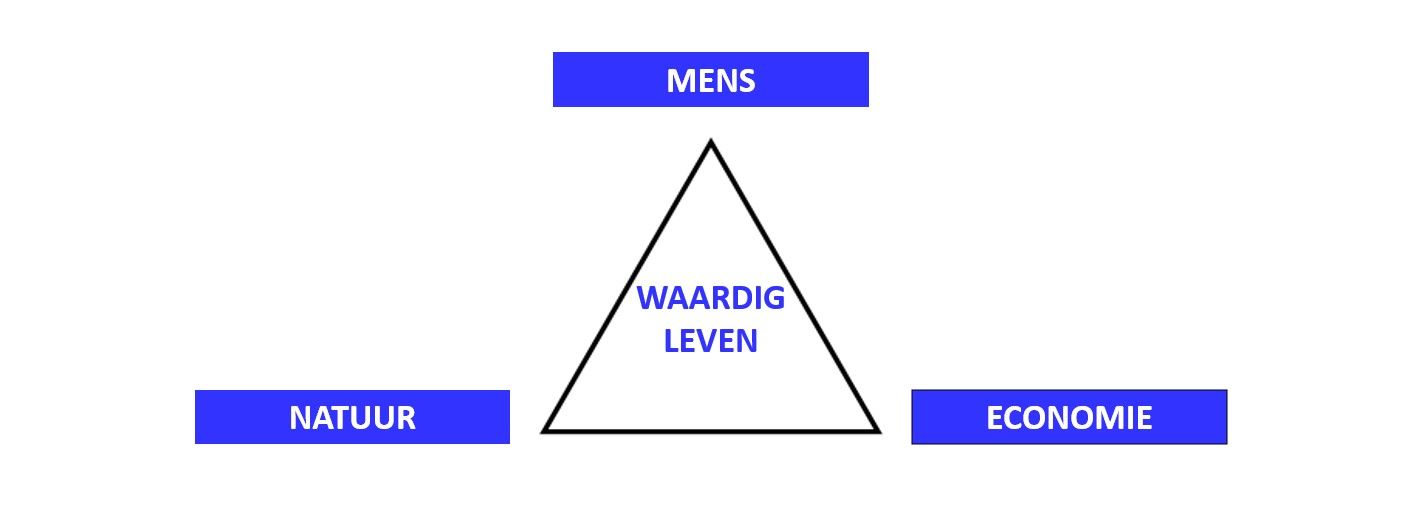Nihil novi sub sole ?
This Latin expression ⎯ nihil novi sub sole, there is nothing new under the sun ⎯ appeared in the Vulgate Bible phrase, now in Ecclesiastes 1:9. I add a question mark to the quote.
Rachel Carson (1907 – 1964) was an American marine biologist, author, and conservationist whose writings are credited with advancing the global environmental movement. Silent Spring, her “fable for tomorrow” published in 1962, exposed the destruction of wildlife through the widespread use of pesticides. Her passionate concern is with the future of the planet and all life on Earth. She calls for humans to act responsibly, carefully, and as stewards of the living earth. She also suggests a change in how democracies and liberal societies should operate so that individuals as well as groups could question which chemicals their governments allowed others to put into the environment.
… For the first time in the history of the world, every human being is now subjected to contact with dangerous chemicals, from the moment of conception until death. In the less than two decades of their use, the synthetic pesticides have been so thoroughly distributed throughout the animate and inanimate world that they occur virtually everywhere. They have been recovered from most of the major river systems and even from streams of ground-water flowing unseen through the earth. Residues of these chemicals linger in soil to which they may have been applied a dozen years before. They have entered and lodged in the bodies of fish, birds, reptiles, and domestic and wild animals so universally that scientists carrying on animal experiments find it almost impossible to locate subjects free from such contamination… [Chapter 3 – Elixirs of Death].
Theo Colborn (1927 – 2014) was Founder and President Emerita of The Endocrine Disruption Exchange, based in Paonia, Colorado, and Professor Emerita of Zoology at the University of Florida, Gainesville. With scientist Pete Myers and environmental journalist Dianne Dumanski she published Our Stolen Future in 1996. Picking up where Silent Spring left off this book gives an utterly gripping account that traces birth defects, sexual abnormalities, and reproductive failures to their source, the man-made chemicals that disrupt delicate hormone systems and derail development. Humans appear not at all immune to the effects of endocrine disrupting chemicals.
… Consider, however, what it might mean for our society if synthetic chemicals are subtly undermining human intelligence across the entire population in the same manner that they have apparently undermined human male sperm count. With the current average IQ score of 100, a population of 100 million will have 2.3 million intellectually gifted people who score above 130. Though it might not sound like much, if the average were to drop just like five points to 95, it would have “staggering” implications, according to Bernard Weiss, a behavioral toxicologist at the University of Rochester who has considered the societal impact of seemingly small losses. Instead of 2.3 million, only 990,000 would score over 130, so this society would have lost over half of its high-powered minds with the capacity to become the most gifted doctors, scientists, college professors, inventors or writers… [Chapter 13 – Loomings].
Leonardo Trasande is an internationally renowned leader in children’s environmental health and the Jim G. Hendrick, MD, Associate Professor and Vice Chair for Research of the Department of Pediatrics at New York University. In his urgent book, Sicker, Fatter, Poorer, that was published this month he explains the science behind the escalating obesity, diabetes, learning disorders, autism, infertility, and food allergies which most likely result from endocrine disrupting chemicals in our food, our homes, and our personal care products.
… The chemicals with the strongest evidence of health effects are pesticides, flame retardants, plasticizer chemicals, and bisphenols, which are used to line food and beverage cans. At first it was thought that those chemicals had to persist in the body to cause harm, like a viral or bacterial infection. Now we realize that though the chemicals themselves are often excreted within a few days, they leave lasting effects. And here is the scariest piece: the effects of this chemical contact can reverberate years later and even be passed on to the next generation. That is what I call the “hit-and-run” impact of these pernicious chemicals… [Chapter 1 – What’s going on?].
It is true to say that there is nothing new under the sun. An unrestrained and careless use of chemicals may even exacerbate an already precarious situation. Silent Spring, Our Stolen Future, and Sicker, Fatter, Poorer are must-read books for scientists as wel as for non-scientist.
All I need to do now is to wish you a good reading.

